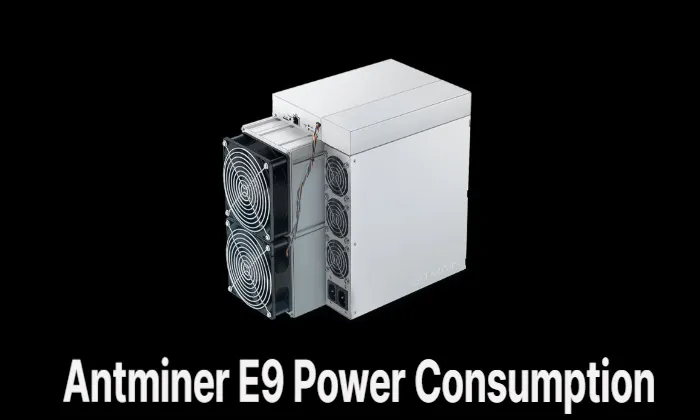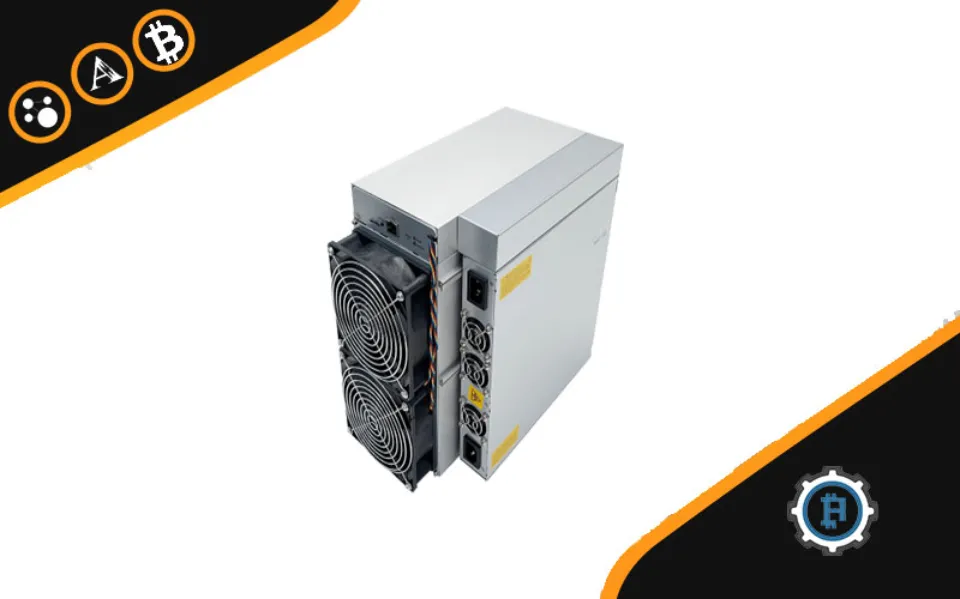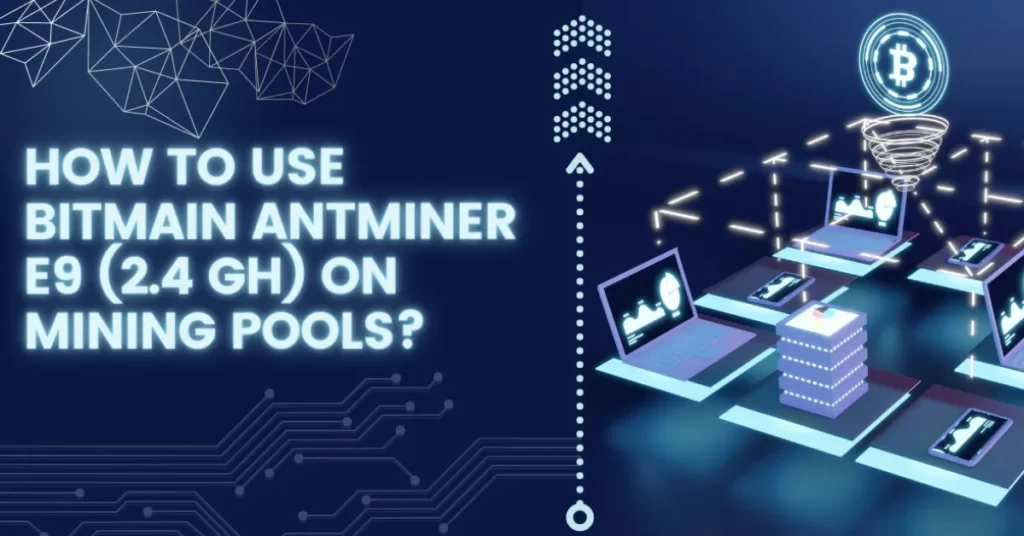Discover the pros and cons of solo and pool mining Ethereum Classic (ETC) using the Antminer E9. Delve into profitability factors and make an informed decision.
When it comes to Ethereum Classic (ETC) mining, one of the key decisions miners face is whether to go solo or join a mining pool. Both options have their advantages and considerations, and determining which method is more profitable requires careful evaluation. In this blog post, we’ll delve into the factors that can influence profitability and help you make an informed decision.
Table of Contents
What is Solo Mining?
Mining cryptocurrency alone is exactly what the name implies. This suggests that you must manage every facet of the mining operation on your own. The mysterious Satoshi Nakamoto launched Bitcoin on his own in the beginning. Nakamoto used a CPU to carry out this task before GPU, ASIC, and pool mining became common. This was the standard for a while.
You will need all the tools you need to mine independently, including a wallet to store your mined tokens or mining rewards and your choice of powerful mining hardware or software.
You’ll also need to run a full node, which can consume a lot of energy, if you want to mine independently. This implies that if you start mining alone, your electricity bill might go up a lot. The upfront and ongoing costs of solo mining, however, can the earnings be offset? Let’s find out below.
What is Pool Mining?
The two types of mining—pool mining and solo mining—are somewhat similar, but the former entails mining with others, whereas the latter is carried out by a single person. In the course of pool mining, individual miners pool their resources to improve their chances of mining a block. They function similarly to staking pools because they employ the proof of stake mechanism.
In other words, your chances of success increase if you have a lot of computing power overall. But you have to be a miner and have the necessary hardware to join a mining pool. So, in that sense, pool mining is similar to solo mining, and joining a mining pool won’t allow you to forego the upfront costs of cryptocurrency mining. After a block has been mined and paid out successfully, the reward is split among the pool’s participants.
Each mining pool is different, though. You could sign up for a mining pool that assigns shares in accordance with processing power up until a block is found and successfully mined. Then, miners receive compensation based on the number of shares they possess. This implies that you won’t receive a lot of rewards when a block is mined if you don’t contribute a lot of computing power to the pool.
Similar to proportional pools, pay-per-share (PPS) pools are another type of pool. Miners continue to receive a set number of shares based on the amount of energy they contribute to the pool. These pools still give their members instant flat rewards even though a block is not mined.
The final choice is peer-to-peer, or P2P, mining pools. These emphasize decentralization and use a separate blockchain for the pool, which prevents pool operators from acting in their own interests and helps prevent network failures caused by a single flaw.
Anyhow, when a pool mines a block, the payouts are frequently not distributed equally, with the miners who contribute more processing power receiving a higher reward. Keep this in mind before deciding to join a pool. Are you able to make as much money mining solo as you can mining in a pool? This is the important question we must answer.
Differences Between Solo Mining & Pool Mining

The profitability of solo mining versus pool mining for Ethereum Classic (ETC) can vary based on several factors. Here are some key considerations:
- Mining Power: Solo mining requires significant computational power (hashrate) to compete with other miners on the network and find a block on your own. If your mining equipment has a high hashrate like the powerful Antminer E9, solo mining may have a better chance of being profitable. However, if your hashrate is relatively low, joining a mining pool would be more beneficial.
- Network Difficulty: The Ethereum Classic network adjusts the mining difficulty periodically based on the total hashrate of the network. As more miners join the network, the difficulty increases. In a solo mining scenario, you would face the full difficulty, whereas a mining pool would share the load among its members, resulting in more consistent earnings.
- Block Rewards: When a miner successfully mines a block, they receive a block reward. In solo mining, if you find a block, you would receive the entire reward. In a mining pool, the reward is distributed among all pool participants based on their contribution. While solo mining can potentially provide larger payouts, the chances of finding a block are relatively low. In a pool, you receive more frequent, albeit smaller, rewards.
- Variance and Stability: Pool mining offers a more stable income stream because it provides regular and predictable payouts. Solo mining, on the other hand, can have higher variance since you may experience longer periods without finding a block. If you have the resources to handle this variance and are willing to take the risk, solo mining may be an option.
- Pool Fees: Mining pools usually charge a fee for their services, which is typically a percentage of the rewards earned. The fee can vary among pools, so it’s important to consider the fee structure and factor it into your profitability calculations.
It’s challenging to definitively state which method is more profitable as it depends on various factors, including your mining setup, network conditions, and personal preferences. Generally, if you have substantial mining power and are willing to take the risk of longer payout intervals, solo mining could potentially offer higher rewards. However, for most miners, especially those with moderate to low hashrates, joining a reputable mining pool is often the more profitable and stable choice.
How Much Can You Earn from Solo Mining?
Finally, there are no guarantees with solo mining, especially if you’re mining a very well-known token like Bitcoin or Ethereum. As more miners join a blockchain and start working to circulate new tokens and validate blocks, the overall rewards for mining also start to decline.
Solo mining in particular is notorious for generating erratic income due to the low probability of ever mining an entire block and the high investment required in hardware and software. But if you actually mine a block, the reward is substantial.
At the current network difficulty of 1.650 P, the majority of miners, especially those with lower hashrates, might find it challenging to mine Ethereum Classic (ETC) solo profitably. It would require substantial mining equipment, low electricity costs, and a high tolerance for variance in rewards
All of your rewards are yours to keep when you independently mine a block or validate it. You can also save money by not paying pool fees when you do receive rewards from solo mining. Furthermore, you will encounter significantly fewer outages when you solo mine.
How Much Can You Earn from Pool Mining?
However, compared to mining pools, solo mining doesn’t offer the same level of steady income despite the potential for enormous rewards. The likelihood of finding a block is increased because pool participants pool their computing power, so payouts are probably made more frequently than they would be if you were mining alone.
The payouts you do get from pool mining, however, will be lower than what you’d get from independently mining a block. As a result, these two mining techniques have some trade-offs. In order to be consistent and reliable, pool mining is the way to go. If you’d rather take a chance on a large payout, you could try solo mining.
Conclusion: Do Your Research Before Mining ETC
With the powerful Antminer E9, solo mining Ethereum Classic (ETC) can be profitable depending on factors like hashrate, network difficulty, and individual circumstances. However, joining a mining pool may provide more stable earnings for Antminer E9 users, balancing the variance and maximizing profitability. Assess your resources, goals, and prevailing market conditions to make an informed decision for successful ETC mining.
FAQs
Is It Worth Solo Mining?
Solo mining has several benefits, one of which is the chance to receive the full block reward if you are the first to figure out the equation. However, the chances of solving a block solo are very low. This is due to the extreme level of ETC difficulty at the moment.
Is Pool Mining More Profitable Than Solo Mining?
The payouts you do get from pool mining, though, will be less than what you’d get from mining a block independently. Therefore, there is some trade-off between these two mining techniques. Pool mining is the way to go if you want consistency and dependability.
Is ETC Mining Profitable?
Yes, mining Ethereum Classic is still profitable – based on the mining hardware hashrate of 2,500.00 MH/s, electricity costs, and pool/maintenance fees are included.
Can I Mine Ethereum Classic Solo?
Working with other miners is possible while mining in the POOL. In SOLO mode you are alone. Your reward is zero if you discover no blocks. Only experienced users and those who can find at least 2-3 blocks in a day are recommended to mine Ethereum Classic SOLO.



